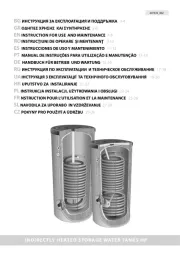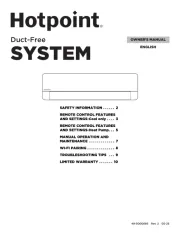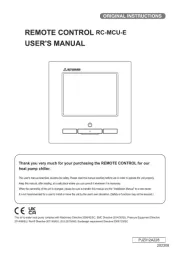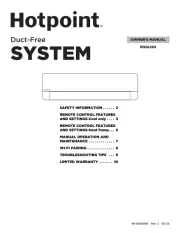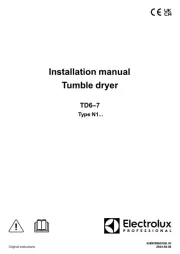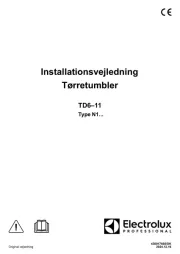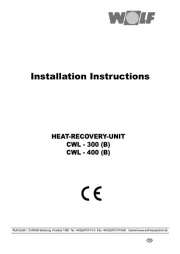Samsung AE160MXTPGH Manual
Læs gratis den danske manual til Samsung AE160MXTPGH (52 sider) i kategorien Varmepumpe. Denne vejledning er vurderet som hjælpsom af 5 personer og har en gennemsnitlig bedømmelse på 4.4 stjerner ud af 3 anmeldelser.
Har du et spørgsmål om Samsung AE160MXTPGH, eller vil du spørge andre brugere om produktet?


Produkt Specifikationer
| Mærke: | Samsung |
| Kategori: | Varmepumpe |
| Model: | AE160MXTPGH |
Har du brug for hjælp?
Hvis du har brug for hjælp til Samsung AE160MXTPGH stil et spørgsmål nedenfor, og andre brugere vil svare dig
Varmepumpe Samsung Manualer
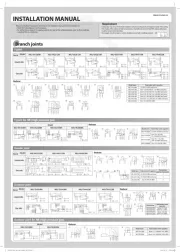
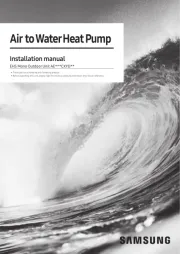
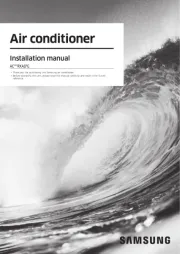
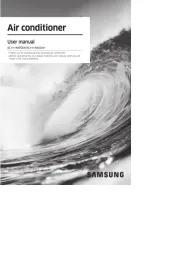
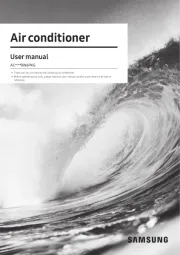
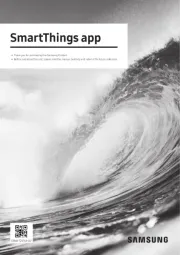
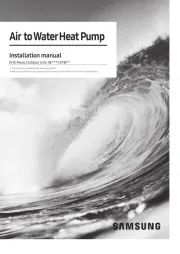
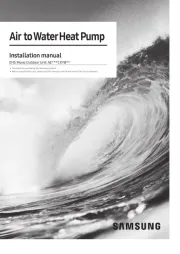
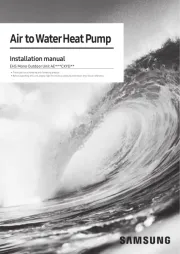
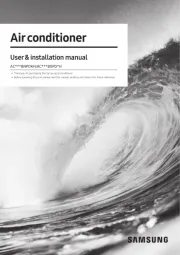
Varmepumpe Manualer
- Balay
- Flojet
- AEG
- Armstrong
- Dimplex
- Grundfos
- MRCOOL
- Elco
- Inventum
- Atlantic
- Hisense
- Wita
- De Dietrich
- Orima
- Arçelik
Nyeste Varmepumpe Manualer
